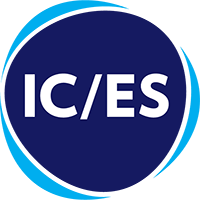In June 2018, communities were invited to attend one of two community-based facilitated information and planning sessions, held respectively in Rama and London, Ontario. A total of 56 delegates from 23 Ontario First Nation communities attended, and teleconference presentations held in the fall of 2018 helped the team reach a total of 33 First Nation communities within the CWDT catchment area. To date, 11 communities have confirmed their participation in the project.
Communities will have the opportunity to participate in one or both arms of the project:
Qualitative research to better understand prenatal opioid exposure through focus groups and individual interviews, and/or
Quantitative research to determine the incidence rates and trends over time of prenatal opioid exposure and neonatal abstinence syndrome at a community level and aggregated for all participating communities.
“We are happy to welcome the Prenatal Opioid Exposure and Neonatal Abstinence Syndrome team to CHILD-BRIGHT and value the perspective and approach to patient-oriented research that their team brings,” says Frank Gavin, Director of Citizen Engagement at CHILD-BRIGHT. “Often in patient-oriented research, engagement is initiated by researchers, but in this team’s case, the research project was developed in response to First Nation communities seeking to better understand and meet the needs of children with prenatal opioid exposure. Community members initiated and continue to inform the project. We value this approach as well as the wisdom and the knowledge that this team will bring to CHILD-BRIGHT.”
For more information on this project, contact:
Aggie Mazzucco
Project Manager & Research Coordinator
Email






